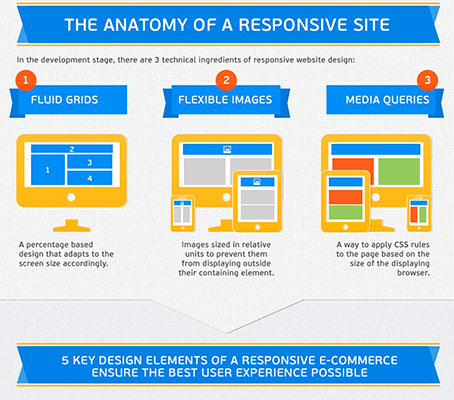Intrigued In Learning How Site Style Has Evolved For Many Years? Explore The Trip From Straightforward Layouts To User-Centered Techniques
Intrigued In Learning How Site Style Has Evolved For Many Years? Explore The Trip From Straightforward Layouts To User-Centered Techniques
Blog Article
Author-Bradshaw Dalby
In the past, internet sites were simple and concentrated on info. Navigating was straight, and design was for desktops. Now, customer experience is vital. Information overviews designs for very easy navigation. Receptive layouts match different devices. Today, dark mode decreases stress, and minimalist menus boost navigation. Interactive features involve individuals, and strong visuals attract attention. AI combination boosts engagement. See exactly how layout has progressed to improve your online journey.
Very Early Days of Web Design
In the very early days of website design, simpleness preponderated. Sites were fundamental, with limited shades, font styles, and layouts. The emphasis was on providing info instead of fancy visuals. Users accessed the web via slow-moving dial-up links, so rate and capability were key.
Navigation food selections were straightforward, commonly located on top or side of the web page. Web sites were developed for desktop computers, as mobile browsing wasn't yet widespread. Web content was king, and designers prioritized very easy readability over intricate design elements.
HTML was the key coding language used, and developers had to function within its constraints. Computer animations and interactive features were marginal compared to today's requirements. Web sites were static, with little vibrant web content or customized customer experiences.
Rise of User-Focused Design
With the evolution of website style, a shift in the direction of user-focused design concepts has become increasingly prominent. Today, creating sites that prioritize individual experience is critical for involving site visitors and achieving service objectives. User-focused design includes comprehending the demands, choices, and behaviors of your target audience to customize the site's design, material, and includes accordingly.
Developers now carry out comprehensive study, such as individual studies and usability testing, to collect understandings and comments straight from individuals. This data-driven strategy helps in producing intuitive navigation, clear calls-to-action, and aesthetically attractive interfaces that resonate with visitors. By positioning the customer at the center of the design procedure, internet sites can provide an extra individualized and satisfying experience.
Responsive style has actually likewise emerged as a crucial facet of user-focused design, guaranteeing that internet sites are optimized for different devices and screen sizes. This adaptability enhances access and functionality, catering to the varied means users communicate with internet sites today. In essence, the surge of user-focused layout indicates a change in the direction of producing digital experiences that prioritize the needs and expectations of the end individual.
Modern Trends in Web Design
Explore the latest trends forming web design today. navigate to this web-site is dark setting style, supplying a streamlined and contemporary appearance while lowering eye strain in low-light environments. Another vital pattern is minimalist navigation, streamlining menus and improving user experience by concentrating on essential elements. Incorporating micro-interactions, such as animated switches or scrolling results, can develop a much more appealing and interactive internet site. Responsive design continues to be crucial, guaranteeing smooth user experiences across different devices. Furthermore, using bold typography and asymmetrical formats can add aesthetic rate of interest and draw attention to details content.
Incorporating AI modern technology, like chatbots for consumer support or individualized recommendations, enhances customer engagement and enhances processes. Access has additionally end up being a substantial pattern, with designers prioritizing inclusive style methods to accommodate diverse user demands. Accepting sustainability by maximizing internet site performance for rate and performance is one more emerging trend in website design. Teaming up with individual feedback and data analytics to iterate and enhance layout continuously is necessary for staying pertinent in the ever-evolving electronic landscape. By embracing these contemporary fads, you can produce a visually enticing, easy to use web site that reverberates with your target market.
Final thought
As you assess the advancement of internet site design from the very early days to currently, you can see exactly how user-focused layout has actually ended up being the driving pressure behind modern-day trends.
Embrace the journey of change and adjustment in web design, constantly keeping the customer experience at the leading edge.
Tippingpointdigital
Keep present with the most up to date trends and innovations, and never ever stop evolving your strategy to develop visually sensational and user-friendly websites.
Advance, adapt, and produce - the future of web design is in your hands.
